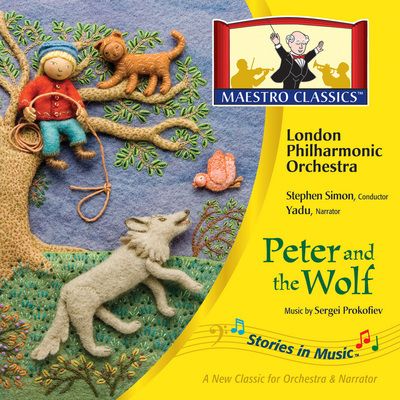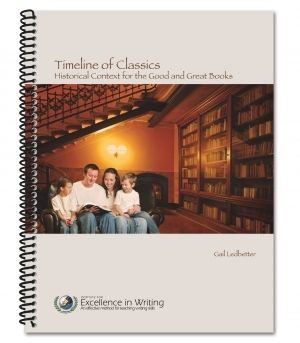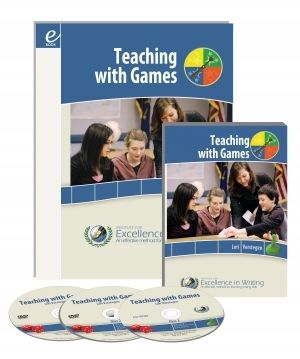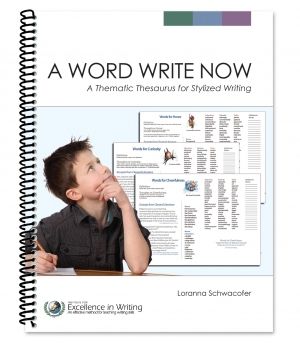Over the last couple of months, I have had the opportunity to use and review
Elementary French 1, Grades K-2 from
Middlebury Interactive Languages.

This has been more of a challenge than you might think for me, because I know that you, my loyal readers, will be looking for an evaluation as to how this program lines up with Charlotte Mason's educational philosophy and methods. You will get it, but you should know that up till now I have not been a very good Charlotte Mason homeschooler when it comes to teaching foreign language. This is not because I do not agree with her methods. It is purely a matter of intimidation. I don't feel qualified to teach French. I know a fair amount of French from high school, but my accent is far from pure, and I wouldn't dare to actually speak French to a real French-speaking person. I have used and dropped one program with my children already, and have been half-heartedly searching for the perfect program. I say half-heartedly, because I know that once I find it, I will probably have to shell out quite a bit of money for it! Meanwhile, we have been choosing one theme and one French song per term, and watching YouTube videos once a week relating to that theme and song. Then came the opportunity to try Middlebury Interactive Languages.
The courses offered by Middlebury Interactive Languages are all online. They offer Spanish, French, German, and Chinese courses in elementary, middle school, and high school levels. These courses are an immersion approach to language learning using video and interactive multimedia. Elementary French 1 is a six-month subscription to twelve units containing six lessons each. Units one through five and seven through eleven teach vocabulary based on themes such as greetings, numbers, family, colours and animals. Units six and twelve are review. At this level two to three lessons a week are recommended.
How does Middlebury Interactive Languages match up to Charlotte Mason's approach to language learning?
To begin with, I should stress that I am only reviewing level K-2, and so will only compare that with what Charlotte said about language learning for children under age nine. I have no idea whether higher levels of this program will match up in a similar way with Charlotte Mason's ideas for older children.
Immersion
Charlotte Mason believed that “French should be acquired as English is, not as a grammar, but as a living speech... "We must acquire a new language as a child acquires his mother tongue.” (Charlotte Mason,
Home Education, pp. 300 and 302) While the lessons she describes are not at all like the lessons in Middlebury Interactive Languages, I think the immersion approach they take is an excellent application of this principle.
The immersion approach used in Elementary French 1 looks like this: each unit is built on a folk tale from a French-speaking country. In a video, children hear the entire story in French with animated pictures. Children take in the story directly from the French, understanding what they can from the pictures as they hear the story.
In addition, all instructions are recorded in French, though there is the option to hear them in English as well if you don't know what to do. Activities focus on matching the correct French word to the correct object rather than translating into English words, and children hear the words over and over as they do the activities. Each lesson also includes a pronunciation component, where children hear a word and then record it. (There is a version of this course that includes a teacher for an additional fee. I believe the recording is used more fully in that version for feedback. But even without a teacher, this is a great way to get otherwise reluctant children to actually say the words.)
Another part I love about this course is the emphasis on the fact that real people in real countries around the world speak French. The folk tales used highlight the different cultures of French-speaking people, and activities in lesson five of each unit give more information on the various cultures represented. "Living speech," indeed.

Hearing and Speaking before Reading and Writing
Charlotte Mason emphasized the importance of hearing (preferably in a native accent) and speaking a language first, before reading and writing and studying its grammar and spelling. “A child should never see French words in print until he has learned to say them with as much ease and readiness as if they were English,” said Charlotte, who considered a child's early attempts to read French words by English phonetics a chief cause of poor pronunciation.
In Elementary French 1, children do see the French words at the same time as they hear them. The words are included at the bottom of the screen on the videos, and are also part of the interactive lessons. This would not have been a disadvantage to my pre-reading children who crowded around whenever SA(7) was doing his French lessons. However, I noticed that it did affect the way SA(7) acquired the vocabulary. On the one hand, seeing the words made it easier for him to get the right answers in the activities. On the other hand, I found him doing things like pronouncing the number “sept” exactly the way it looks in English (like the beginning of “September” rather than like “set”.). I think Charlotte Mason was right on this. In this respect, this course would have been better for my three- and five-year-old boys crowded around than for the seven-year-old who was actually doing the lessons. SA(7) is naturally more visual than auditory in his learning, and seeing the words distracted him from the (for him) more difficult work of hearing and pronouncing that is so important as he begins to learn this new language.

Consistent Daily Lessons and Review
In the very early years (the earlier the better), Charlotte Mason recommends a relaxed, yet intentional and consistent daily French lesson incorporated naturally into the child's activities (for example, while playing outdoors). She recommends teaching a child a few, building up to about six new words
every day. These lessons should not be random, but each one should build on previous lessons. Words learned should be incorporated into sentences and kept in daily use. “The child’s vocabulary should increase steadily, say, at the rate of half a dozen words a day. Think of fifteen hundred words in a year!” (Charlotte Mason,
Home Education, p. 301)
Okay, I'm completely overwhelmed now, even though I have seen the incredible power of doing a little every day in other areas of my homeschool. I do have a slight tendency to throw in the towel and not do anything if I can't do it "right" (in this case, in the way Charlotte recommends). This is why I've been doing very little up to this point.
Elementary French 1 goes at a slower pace. With six lessons per unit, and perhaps ten new vocabulary words per unit (though all presented in the context of a story with many more words), the rate comes to an average of about five new words per week if you do three lessons per week. In our family, we began at the recommended pace, but now we have accelerated to daily lessons, mainly because SA(7) loves them so much.
Maybe some day I will reach for Charlotte Mason's ideal, but for now this pace is fast enough for us, and it's certainly much faster than I was going before.
One thing I would have liked to see is more regular review of previous words learned. Units six and twelve are review units, but I would have preferred simply adding a little bit of review to the end of each lesson instead.
I would also have liked to see the French songs always introduced in lesson five introduced earlier in the unit and repeated more often. Of course, knowing this now, I can always go directly to lesson five and play the song daily after each lesson we do.
Do I recommend Middlebury Interactive Languages Elementary French 1, K-2 for Charlotte Mason homeschoolers?
Yes, I think it is a very worthy option, especially for children who are not yet reading and will not be distracted by the printed word. You will have to navigate the lessons for them, as it is not set up to be navigated independently, even by a grade 2 child. I do not consider this a big drawback, as it keeps me actively participating in the lessons.
Some homeschoolers may find the cost of $119 per student to be an issue. While I believe the cost is reasonable based on the quality of the program, homeschooling families often live on a single income and spending this much on a subject that is not one of the "Three R's" can seem extravagant.
This is one program that we will continue to use until it is complete. If I find then that SA(7) is retaining what he has learned well, we may even consider buying the next semester despite our tight budget. I'll keep you posted!
For more reviews of Middlebury Interactive Languages, click on the link below.


 As I was doing some dishes last evening, I overheard SA(7) humming a tune. I looked at my husband. "Is that...?" He nodded. Prokofiev's Peter and the Wolf. Yes, this is the child that couldn't carry a tune in a bucket not so long ago. The humming, slightly off-tune but perfectly recognizable, was thanks to some daily sol-fa work. The actual tune was thanks to a Maestro Classics recording we've been listening to lately. We received an MP3 and digital download of Peter and the Wolf to listen to and review.
As I was doing some dishes last evening, I overheard SA(7) humming a tune. I looked at my husband. "Is that...?" He nodded. Prokofiev's Peter and the Wolf. Yes, this is the child that couldn't carry a tune in a bucket not so long ago. The humming, slightly off-tune but perfectly recognizable, was thanks to some daily sol-fa work. The actual tune was thanks to a Maestro Classics recording we've been listening to lately. We received an MP3 and digital download of Peter and the Wolf to listen to and review.



















